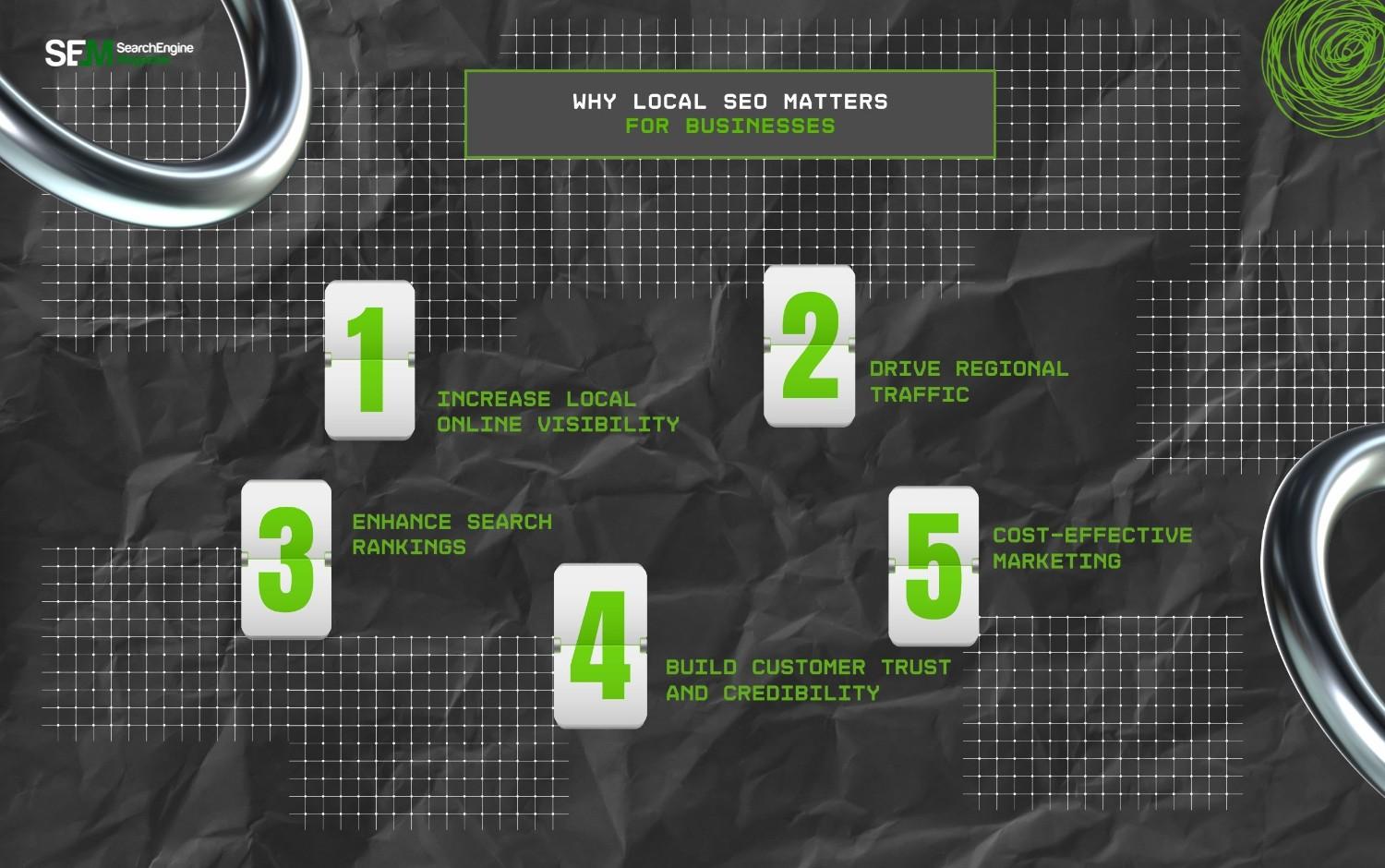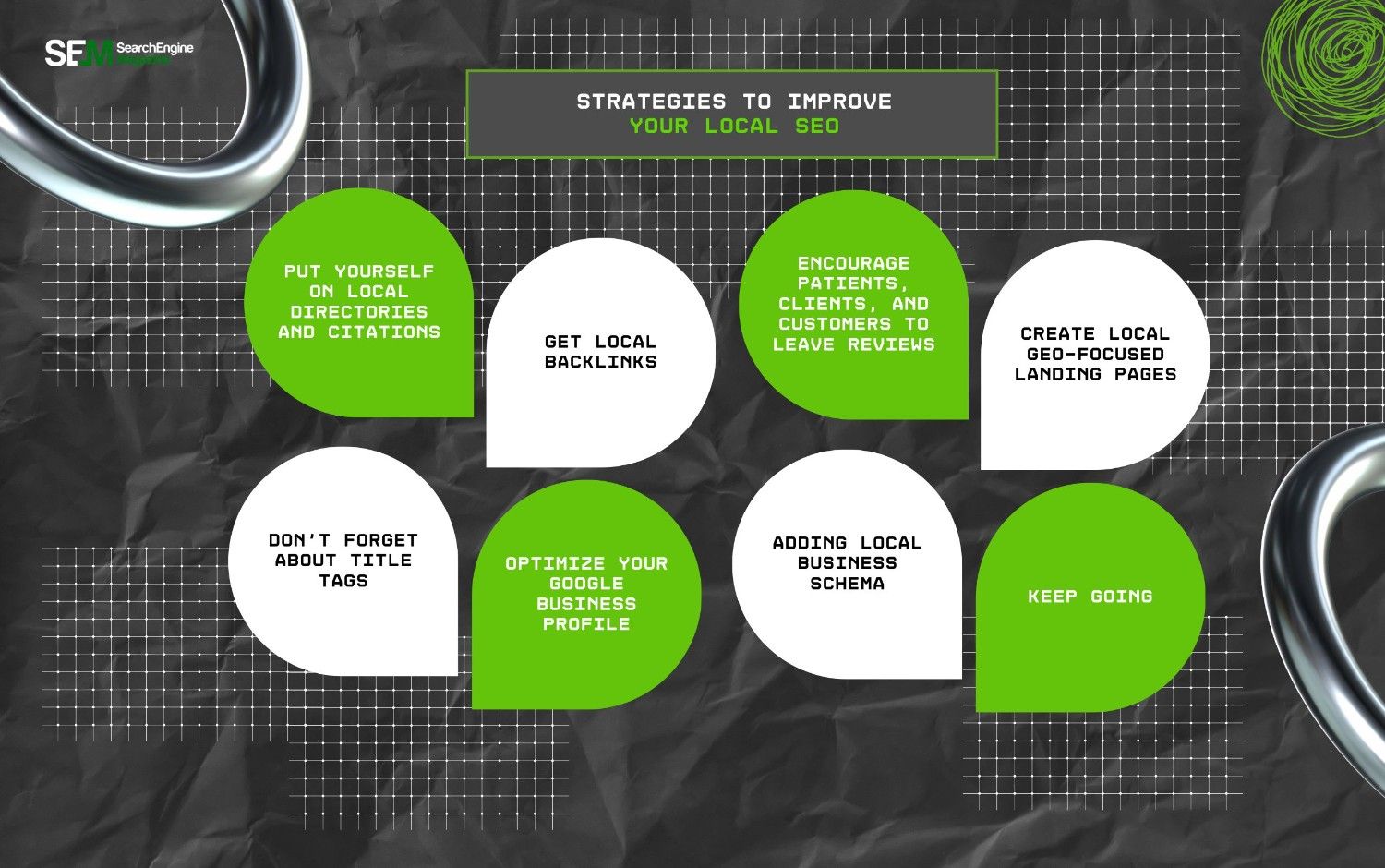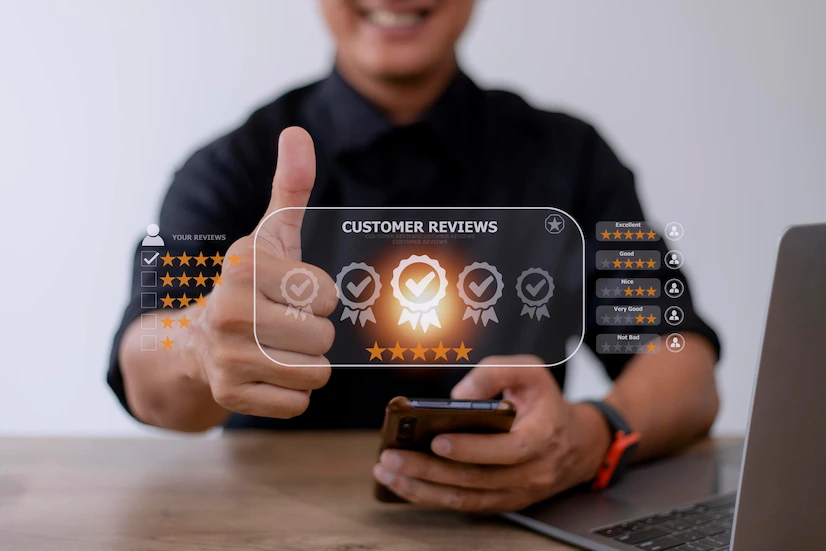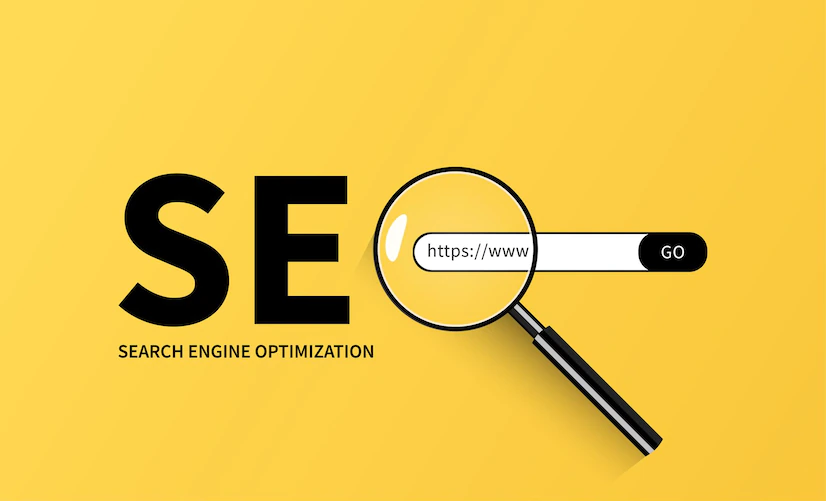Real Estate Link Building That Actually Works: Earn Local Authority, Rankings, and Better Leads Without Spam
Dec 10, 2025

Dec 10, 2025

Dec 10, 2025

Dec 09, 2025

Dec 09, 2025

Dec 05, 2025

Dec 05, 2025

Dec 04, 2025

Dec 04, 2025
Sorry, but nothing matched your search "". Please try again with some different keywords.


While SEO in general is incredibly important, many experts in the industry agree that local SEO is even more so.
This is especially true for industries that specifically serve their local markets, like law firms, roofing companies, restaurants, plumbers, HVAC technicians, doctor and dentist offices, and other services.
If your business is operating in one of these industries, it’s more important than ever before that you optimize your on-site and off-site SEO strategies for clients and customers searching for your local business.
This is known as regional SEO.
Long ago, simply doing SEO — any SEO — was good enough to be seen in the Search Engine Results Pages (SERPS). This is no longer the case.
Local competition is hotter than ever! If you’re not staying on top of the rankings, you can bet your competitors are.
With this in mind, here are several regional SEO tactics you can use to help your business rank higher for local search terms, no matter what industry you’re in— from legal to home services and beyond.
Having a clear idea about local SEO and how it works can help in better implementing it for your business rankings.
Generally, local SEO refers to the digital optimization of websites to improve their rankings on local search result pages.
So, when the user searches for any specific product in a particular region, your website pops up on the results page for the locality.
Moreover, it helps businesses in particular geographic locations to digitally promote their businesses. So, they can attract customers around the region for their products and services.
In addition to this, local SEO also helps businesses that cater to customers from a specific region. So, connecting the audience from that locality to the business.

Similar to traditional SEO, local SEO provides numerous benefits to local businesses to find customers, rank on SERPs, and build a strong digital presence.
Some of its key importance in business include—
Firstly, local SEO helps local businesses to gain online visibility on search results. So, when users search for certain services and products near the region, the local business pops up for the relevant keyword searches.
Moreover, local SEO helps in driving organic traffic to your site, along with physical visits and calls from customers. So, when your business shows up on regional scratch results and maps, you get more customer visits and service calls.
In addition to this, local SEO dynamically improves the SEO performance of your business by ranking your articles and pages on top of the SERPs. So, your business profile or website appears for regional search results, improving your digital presence.
Moreover, customer reviews on the local business sites help build trust with the customers and enhance their brand credibility. So, positive reviews and a strong digital presence help boost the authority and credibility of the businesses.
Unlike traditional marketing, local businesses can benefit massively from local SEO strategies to promote their products and services. So, it offers a cost-effective marketing strategy that targets the geographically close audience for the local businesses.
Basically, local SEO improves the digital presence of businesses by optimizing their websites to rank on local SERPs. So, this is how local SEO works—
| Traditional SEO | Local SEO |
|---|---|
| 1. Focuses on global audience reach with universal keywords. | 1. Focuses on regional audience reach with locally relevant keywords. |
| 2. Optimizes websites for a broad audience with wide-ranging keywords. | 2. Optimizes local businesses for specific area search queries and user intent. |
| 3. Prioritizes online visibility with a global audience. | 3. The main purpose is to drive foot traffic and calls, providing high-intent leads for businesses. |
| 4. Best suited for global brands and ecommerce stores selling internationally. | 4. Best suited for local businesses and physical stores within a region. |
| 5. Has no specific structure or key metrics. | 5. Highly relies on consistent NAP citations with customer reviews. |

Now, to improve your local SEO rankings, here are some effective strategies to try in 2025—
When people are searching for businesses in their area, they do so in more places than just Google.
Out-of-town tourists may turn to TripAdvisor to find cool local hotspots, or locals may go to Yelp to find a new restaurant they’re not yet tired of.
It’s certainly not uncommon for those who need help around the house to go right to Angi’s List.
Submit your website to local directories, such as Google My Business, Yelp, Justia, and other industry-specific directories.
Ensure that your business information— meaning your official name, address, and phone number— is consistent across all listings.
Not only does this ensure people can find your contact information wherever they’re looking, but this “link juice” also helps improve your local SEO visibility.
When Google sees your information being consistent in so many places, it will rightfully assume you’re a local authority in what you do, and your website ranking will improve because of this trust.
Speaking of link juice, it’s a fantastic idea to seek opportunities to acquire backlinks from local websites or social media influencers wherever and whenever you can.
This can be done naturally through collaborations, partnerships, or sponsoring local events.
These local backlinks are a sure-fire way to boost your website’s authority and relevance for your targeted region.
Not only will you be seen by users directly looking at the website, blog, or social post, but you’ll also be rewarded by Google for the backlinks.

Whether you’re a hairstylist, a coffee shop, or a handyman, local reviews are going to be key to dominating your local area. Don’t be shy; ask for them straight out!
The positive customer reviews and ratings on platforms like Google My Business, Facebook, and Yelp can significantly impact not only your reputation but also your local SEO ranking.
Encourage your satisfied clients, patients, and customers to leave a review as they leave. These reviews can improve your visibility and credibility.
One of the best things you can do for SEO across the board is on-page optimization. For your regional efforts, you’re going to want dedicated landing pages for each targeted area.
This is more than spamming city name keywords into copied and pasted pages. These pages should contain information specific to the region.
This could be your local address and phone number with the local area code, as well as testimonials from local customers that state the area they live in.
Don’t be afraid to make references to nearby landmarks in your content.
In some places, like Philadelphia or New York City, there is appropriate local slang you can incorporate to make it feel especially targeted.
This helps search engines understand the local relevance of your content.
Even for regional SEO, your website’s title and description tags matter a LOT!
Title and description tags are not on-page optimizations; they’re HTML elements that you can and absolutely should customize to reflect the content of your web pages.
They tell Google what your page is about, and you want them to tell Google what area you’re located in and targeting.
As well, the text of your title and description tags is displayed in search results. This means web users will see your regionally-focused keywords as well.
They are a great way to grab a searcher’s attention and get them to click on your links to go to your website.
The general length best practice for title tags is anywhere from 50 to 60 characters. Your page’s description tags can be approximately 160 to 200 characters.
Any extra words or characters mean cutting off your text with ellipses.
Take advantage of this space and use it wisely, incorporating your city, state, or other regional terms you want to focus your SEO efforts on.
Google provides free business profiles to local businesses that help it understand and list them in different indexes.
So, when you optimize your Google business profile with the relevant information, Google’s algorithms understand the type and relevance of your store.
And, based on that, it adds the business to the list on Local Pack. So, when a user searches for a specific regional query, it puts the nearby business profiles from the pack on the results page.
Currently, schema markup has become a relevant element in SEO rankings. It helps search engines to understand the structure of the site and rank it based on the context.
So, adding local schema markup for your website can improve your search rankings immensely.
Moreover, the local schema will provide the necessary details about your business location, operating hours, type of store, and more. So, giving the first-hand experience to your customers.
The last thing you want to do is check everything off the list and never think about SEO again.
Local SEO — and all SEO efforts for that matter — is an ongoing process. It may take time to see the results you’re looking for.
As well, you may achieve significant results and then go back down. This ebb and flow is normal.
Consistency, relevance, and providing value to your target audience in your region are key factors in successful local keyword targeting.
Be patient and think of it like a marathon, not a sprint. Does this sound good, but a bit confusing? Don’t worry!
If you look at On The Map Marketing reviews, you’ll see that dedicated SEO experts are able to accomplish these tactics and best practices on your behalf.
Don’t delay in reaching out to an experienced, well-trained digital marketing agency.
Remember, every day that you’re not focused on regional SEO you are falling further and further behind your competitors who are.
Barsha is a seasoned digital marketing writer with a focus on SEO, content marketing, and conversion-driven copy. With 7 years of experience in crafting high-performing content for startups, agencies, and established brands, Barsha brings strategic insight and storytelling together to drive online growth. When not writing, Barsha spends time obsessing over conspiracy theories, the latest Google algorithm changes, and content trends.
View all Posts
Real Estate Link Building That Actually Works...
Dec 10, 2025
Why Health-Conscious Consumers Choose Blockch...
Dec 10, 2025
How To Buy Xupikobzo987Model? Decoding The Mo...
Dec 09, 2025
Workplace Management EWMagWork: Is This Smar...
Dec 09, 2025
Social Media Stuff EmbedTree: Is This Digita...
Dec 05, 2025

